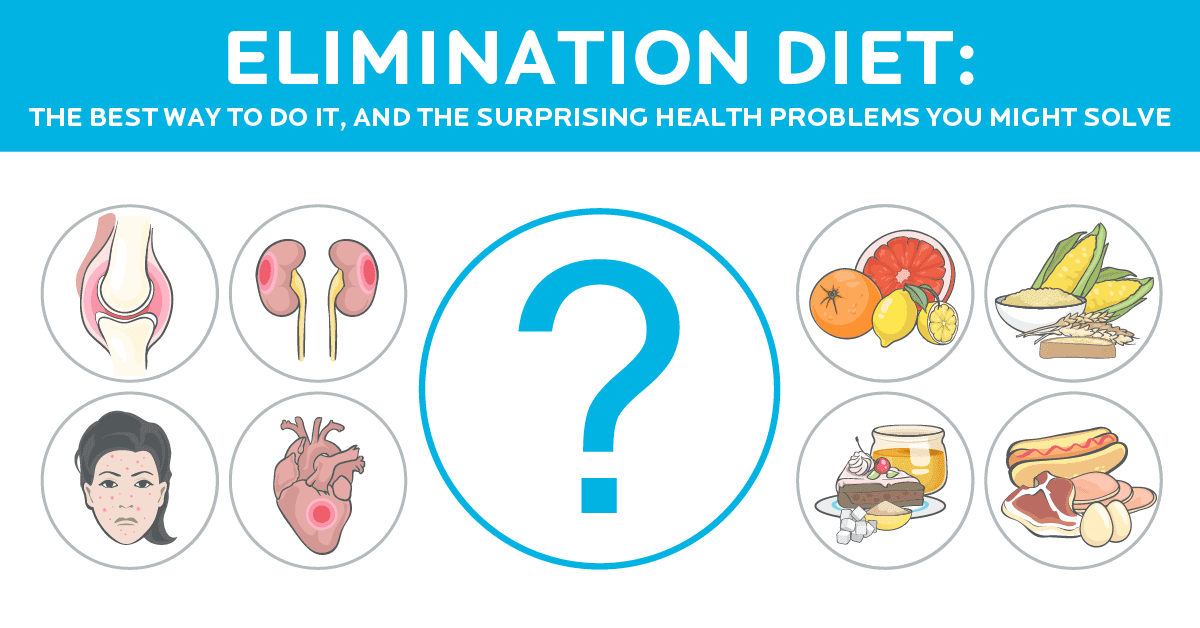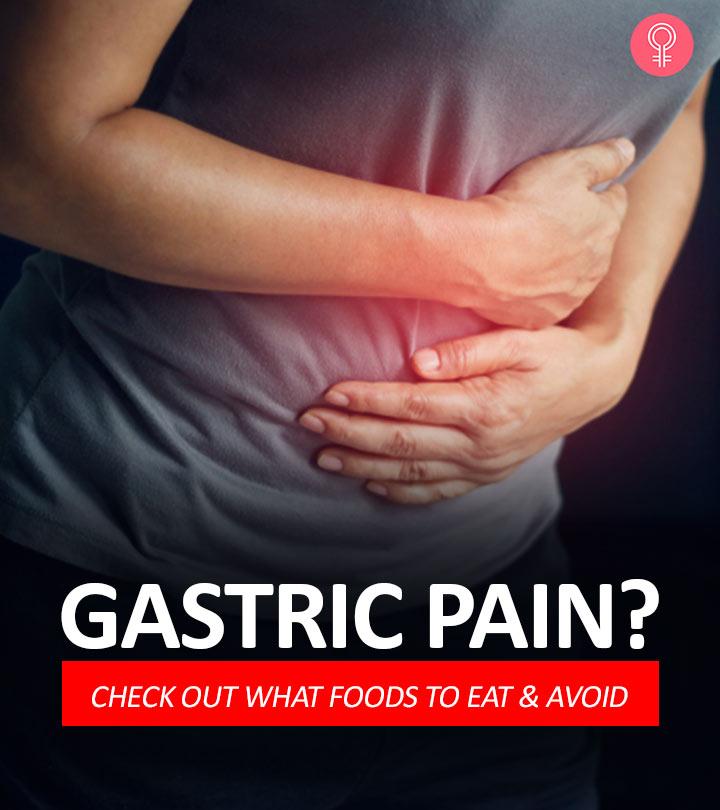Discover the top 10 brat diet tips for soothing stomach issues and getting back on track to feeling your best.
Table of Contents
- Introduction: What is the BRAT Diet?
- Tip: Knowing When to Start the BRAT Diet
- The Menu – Bananas
- The Menu – Rice
- The Menu – Applesauce
- The Menu – Toast
- Staying Hydrated
- Tip 7: Dealing with Acid Reflux
- Foods to Avoid
- Tip 9: When to Seek More Help
- Conclusion: Summing Up the BRAT Diet Tips
- FAQs: Answering Your Questions
Introduction: What is the BRAT Diet?
If you’ve ever had a tummy ache or felt sick to your stomach, you might have heard about something called the BRAT diet. But what exactly is this mysterious-sounding diet, and how can it help with stomach troubles? Let’s find out!
The BRAT diet is a special eating plan that includes foods like bananas, rice, applesauce, and toast – that’s where the name comes from! These foods are gentle on your tummy and can be helpful when you’re feeling unwell. The BRAT diet is often recommended for stomach problems like a stomach virus, acid reflux, stomach ulcers, irritable bowel syndrome, and ulcerative colitis.
So, if your tummy is feeling upset and you need something easy to digest, the BRAT diet might be just what you need to start feeling better. Let’s explore how this simple diet can make a big difference when your stomach isn’t feeling its best.
Tip: Knowing When to Start the BRAT Diet
When you have a stomach virus, your tummy might feel all twisted up, making you feel yucky and not wanting to eat much. This is when the BRAT diet can come to the rescue! The BRAT diet can help calm your upset stomach and give it gentle foods to digest.
Imagine your stomach as a delicate flower that needs some extra love and care when it’s not feeling well. The BRAT diet is like giving your tummy a soothing hug to help it feel better.
The Menu – Bananas
Let’s talk about bananas – not just a tasty fruit but also a great choice for when your tummy is feeling off. Bananas are soft and easy to digest, making them a perfect addition to the BRAT diet. When your stomach is upset, you want foods that are gentle and won’t cause more trouble. That’s where bananas come in!

Image courtesy of www.etsy.com · In stock via Google Images
Bananas are rich in potassium, which is an essential mineral that helps your body function properly. When you’re dealing with stomach troubles, it’s important to stay hydrated and keep your electrolytes in balance. Bananas can help with that, giving you a boost of energy and nutrients without upsetting your sensitive stomach.
Whether you eat a banana plain, blend it into a smoothie, or mix it with some rice, this versatile fruit can be a soothing choice for your upset tummy. So, next time your stomach is feeling queasy, reach for a banana and let it work its magic!
The Menu – Rice
Rice is a staple in many diets around the world, and it also plays a crucial role in the BRAT diet. When your tummy is feeling upset, rice can be a gentle and soothing option to help you feel better.
Why Rice is Good for Upset Stomachs
Rice is easy to digest, which means it won’t put extra strain on your tummy when you’re not feeling well. It contains carbohydrates that can give you energy without overwhelming your stomach, unlike heavy or spicy foods that might make you feel worse.
How to Enjoy Rice on the BRAT Diet
When including rice in your BRAT diet, it’s best to opt for plain white rice. Avoid adding sauces or spices that could irritate your stomach further. Cook the rice thoroughly and make sure it’s soft and easy to chew to aid digestion.
The Menu – Applesauce
As you continue to explore the BRAT diet, let’s take a closer look at another essential component – applesauce. So, why is applesauce a recommended food when your tummy is feeling troubled?

Image courtesy of www.femina.in via Google Images
Why Applesauce?
Applesauce is a popular choice on the BRAT diet because it is gentle on the stomach. When your stomach is upset, you want to eat foods that are easy to digest, and applesauce fits right into that category. It is soft, smooth, and doesn’t have any rough bits that could irritate your already upset tummy.
Benefits for Digestion
Not only is applesauce gentle on the stomach, but it also contains pectin, a type of soluble fiber that can help with digestion. Fiber is important because it can help regulate bowel movements and prevent any further irritation to your tummy. Additionally, applesauce provides some natural sweetness, which can be soothing when you are not feeling your best.
So, the next time your tummy is feeling off, consider reaching for a serving of applesauce to help ease your discomfort!
The Menu – Toast
Now, let’s talk about the ‘T’ in BRAT – Toast! Toast might just be your best friend when your tummy is feeling off. It’s gentle on your stomach and easy to digest, perfect for when you need something simple to eat.
How to Eat Your Toast
When you’re following the BRAT diet, it’s best to have your toast plain without any butter or jam. The simplicity of plain toast helps soothe your stomach without adding any extra ingredients that might upset it.
Remember to toast your bread until it’s light brown, so it’s easier for your tummy to handle. Try to avoid having it too crispy or dark, as that might be a bit harsh on a sensitive stomach.
You can have your toast in small pieces or even cut it into strips, making it easier for you to eat if you’re feeling a bit queasy. Just take small bites and chew slowly to give your stomach an easier time digesting it.
Staying Hydrated
When you’re feeling unwell and following the BRAT diet, it’s crucial to remember to stay hydrated. Keeping your body properly hydrated can help in the recovery process and make you feel better overall. Drinking enough fluids is important in soothing your upset stomach and helping your body heal.

Image courtesy of www.precisionnutrition.com via Google Images
The Best Types of Fluids
Water is always a great choice, but when you’re on the BRAT diet, you can also try clear fluids like broth or diluted juices. These options are gentle on your stomach and can provide the hydration you need without causing any further discomfort. Stay away from caffeinated or carbonated drinks as they may irritate your stomach.
Why Hydration Matters
Hydration is essential for your body to function properly, especially when you’re not feeling well. When you have a stomach virus or other tummy troubles, you may lose fluids through vomiting or diarrhea, so it’s important to replenish what you’ve lost to prevent dehydration. Dehydration can make you feel even sicker and prolong your recovery time, so drink up!
Remember, always listen to your body and drink fluids throughout the day to ensure you’re staying adequately hydrated while following the BRAT diet. Your body will thank you for it!
Tip 7: Dealing with Acid Reflux
Hey there! So, acid reflux might sound like a bit of a strange term, but it’s something that can happen to your tummy. Let me break it down for you in simple words. Imagine your stomach is like a big bag that holds all the food you eat. When you eat, your stomach uses acids to help break down the food so your body can use the nutrients. Sometimes, these acids can flow back up into your food pipe and cause a burning feeling in your chest or throat. That’s acid reflux!
How the BRAT Diet Helps with Acid Reflux
Now, let’s talk about how the BRAT diet can be a helpful superhero when it comes to managing acid reflux. The foods in the BRAT diet like bananas, rice, applesauce, and toast are gentle on your tummy and won’t irritate it further. They can give your stomach a break and help calm down that burning sensation caused by acid reflux.
Friendly Foods for Acid Reflux
One cool thing to remember is that bananas are like nature’s own antacids. They can help neutralize the acids in your tummy and give you relief from the discomfort of acid reflux. So, when you’re dealing with acid reflux, remember that bananas are your buddies!
Foods to Avoid
While following the BRAT diet can help soothe your stomach and ease tummy troubles, it’s important to know which foods to avoid. Some foods can worsen conditions like stomach ulcers and irritate issues such as irritable bowel syndrome, making your symptoms worse.

Image courtesy of www.stylecraze.com via Google Images
Avoid Spicy Foods
Spicy foods, like hot peppers or spicy sauces, can be hard on your stomach, especially if you’re dealing with stomach ulcers. It’s best to steer clear of these until your stomach is feeling better.
| # | Brat Diet Tips |
|---|---|
| 1 | Stick to bland foods like bananas, rice, applesauce, and toast |
| 2 | Avoid fatty, fried, spicy, or dairy-based foods |
| 3 | Stay hydrated by drinking clear fluids like water, broth, or electrolyte drinks |
| 4 | Gradually reintroduce solid foods after symptoms improve |
| 5 | Eat small, frequent meals to avoid overwhelming your digestive system |
| 6 | Avoid caffeine and alcohol, as they can irritate your stomach |
| 7 | Rest and avoid strenuous activities to allow your body to heal |
| 8 | Consult with a healthcare provider if symptoms persist or worsen |
| 9 | Monitor your symptoms and food intake to identify triggers |
| 10 | Focus on easily digestible foods to prevent further discomfort |
Skip Carbonated Drinks
Carbonated drinks like sodas can cause bloating and discomfort, making them less than ideal for calming an upset stomach. Stick to water, herbal teas, or clear broth instead.
Stay Away from Dairy
If you have a sensitive stomach or irritable bowel syndrome, dairy products like milk, cheese, and ice cream may not be the best choice. Dairy can sometimes trigger digestive issues, so it’s a good idea to avoid it while on the BRAT diet.
Remember, the goal of the BRAT diet is to give your stomach a break and help it recover. By avoiding certain foods that can aggravate your tummy, you’ll be on your way to feeling better in no time!
Tip 9: When to Seek More Help
While the BRAT diet can be helpful in managing tummy troubles like stomach viruses and acid reflux, there are times when it may not be enough. In cases of more serious conditions like ulcerative colitis, adults may need to seek additional help from a healthcare provider.
Understanding Ulcerative Colitis
Ulcerative colitis is a type of inflammatory bowel disease that can cause symptoms like abdominal pain, diarrhea, and blood in the stool. It is a chronic condition that requires ongoing management and treatment by medical professionals.
When the BRAT Diet Isn’t Enough
If an adult is experiencing symptoms of ulcerative colitis or other severe stomach issues that go beyond what the BRAT diet can address, it is important to seek help from a doctor. They can provide a proper diagnosis and recommend a treatment plan tailored to the individual’s specific needs.
Remember, while the BRAT diet can be a helpful temporary solution for mild stomach problems, it is not a cure-all for more serious conditions. Seeking the guidance of a healthcare provider is crucial for proper diagnosis and management of issues like ulcerative colitis.
Conclusion: Summing Up the BRAT Diet Tips
In this blog post, we’ve covered various tips and guidelines for following the BRAT diet to help alleviate stomach issues such as stomach viruses, acid reflux, stomach ulcers, irritable bowel syndrome, and ulcerative colitis. Let’s recap the key points discussed:
Image courtesy of www.quora.com via Google Images
Introduction to the BRAT Diet
The BRAT diet includes bananas, rice, applesauce, and toast, which are easy-to-digest foods that can help soothe an upset stomach.
When to Start the BRAT Diet
The BRAT diet is recommended when you are experiencing stomach troubles like a stomach virus, as it is gentle on the stomach and can provide relief.
The Menu – Bananas, Rice, Applesauce, and Toast
Each component of the BRAT diet serves a specific purpose in aiding digestion and easing stomach discomfort.
Staying Hydrated
Drinking plenty of fluids is essential while following the BRAT diet to prevent dehydration and support overall health.
Managing Acid Reflux
The BRAT diet can help manage symptoms of acid reflux by providing bland, non-irritating foods for the stomach.
Foods to Avoid
Avoiding certain foods that may aggravate stomach ulcers or irritate conditions like irritable bowel syndrome is crucial when following the BRAT diet.
Seeking Further Help
While the BRAT diet can provide temporary relief, it’s important to seek additional medical help, especially in cases of ulcerative colitis.
By following these tips and guidelines, you can effectively use the BRAT diet to help alleviate various stomach issues and promote digestive comfort. Remember to listen to your body, stay hydrated, and consult a healthcare professional if needed.
FAQs: Answering Your Questions
What can I drink on the BRAT diet?
While following the BRAT diet, it’s important to drink plenty of fluids to stay hydrated and help your stomach feel better. Good drinks to have include water, herbal teas, clear broths, and electrolyte replacement drinks like Pedialyte. Avoid sugary drinks and caffeine, as they can be hard on your stomach.
Can I eat dairy on the BRAT diet?
Dairy products like milk, yogurt, and cheese are generally not recommended on the BRAT diet. Dairy can be harder to digest for some people, especially when they’re already experiencing tummy troubles. Stick to the BRAT foods like bananas, rice, applesauce, and toast to help your stomach feel better.
How long should I follow the BRAT diet?
The BRAT diet is meant to be a short-term solution to help calm your upset stomach. You can typically follow the BRAT diet for 24 to 48 hours after your stomach starts feeling better, gradually reintroducing your regular foods. If your tummy troubles persist or worsen, talk to a grown-up about switching back to your usual diet or seeking further help from a doctor.





